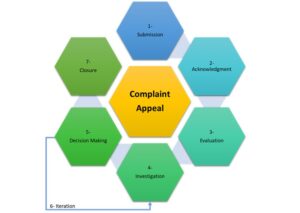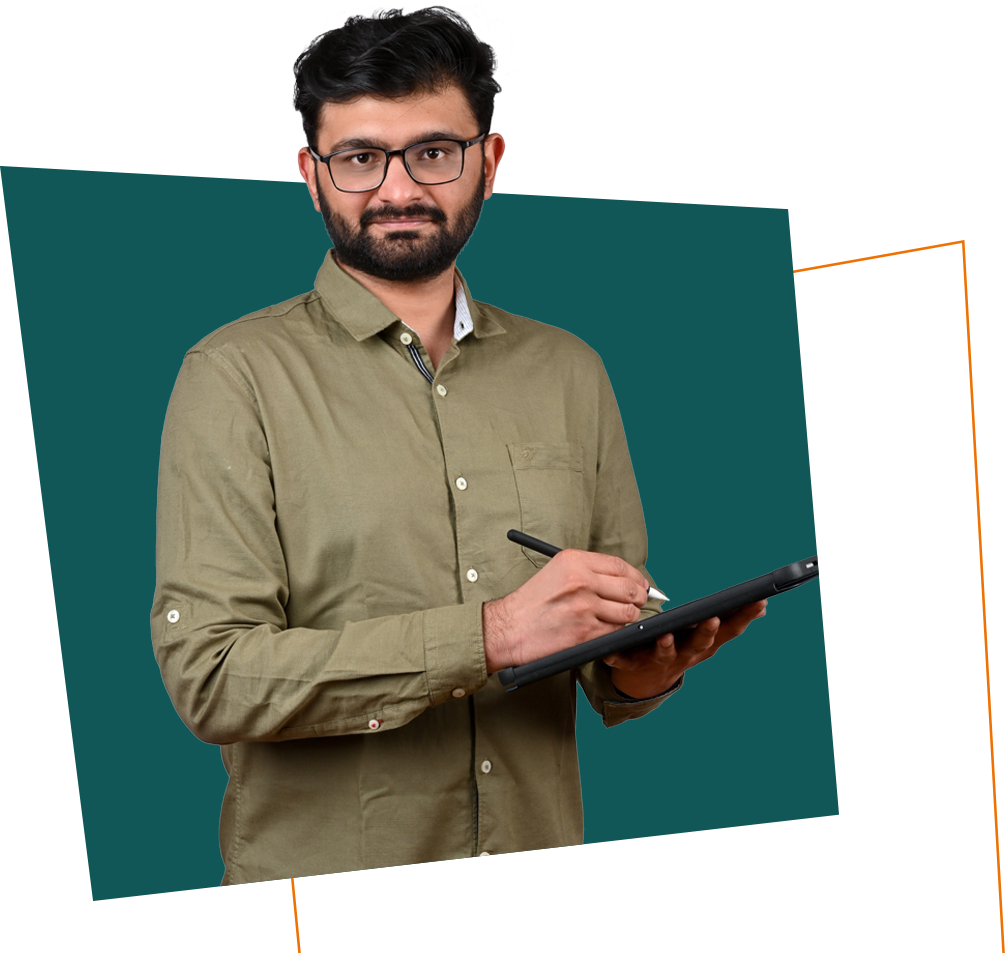The new EU ETS regulation restricts EU ETS to intra-European flights for the period 2013-2030 and exempts small emitters below 1,000 tCO2 for the period 2013-2030.
This means that only flights operated between airports located in the European Economic Area (EEA) must be reported. Extra-European flights (flights between the EEA and third countries, and vice-versa) do not have to be reported.
List of EEA Member States
Austria (AT), Belgium (BE), Bulgaria (BG), Croatia (HR), Cyprus (CY), Czechia (CZ), Denmark (DK), Estonia (EE), Finland (FI), France (FR), Germany (DE), Greece (EL), Hungary (HU), Ireland (IE), Italy (IT), Latvia (LV), Lithuania (LT), Luxembourg (LU), Malta (MT), Netherlands (NL), Poland (PL), Portugal (PT), Romania (RO), Slovakia (SK), Slovenia (SI), Spain (ES), Sweden (SE), Norway (NO), Iceland (IS), Liechtenstein (LI).
List of European territories also included in the EEA: Melilla (ES), Ceuta (ES), Åland Islands (FI), Jan Mayen (NO).
Flights between any aerodromes located in the EEA and offshore installations located outside territorial waters, such as oil and gas production or exploration platforms, also remain fully covered under the EU ETS.
Note that Basle-Mulhouse (LFSB) is considered to be in France.
EEA outermost regions
Although they are part of the EEA, flights between the EEA outermost regions and any other EEA area or third countries are fully excluded from the scheme.
The EEA outermost regions are Canary Islands (ES), French Guiana (FR), Guadeloupe (FR), Martinique (FR), Mayotte (FR), Reunion (FR), Saint Martin (FR), Azores (PT), Madeira (PT).
Important note: Flights operated within the same EEA outermost region must still be reported.
Indicative list of airports in the EEA outermost regions:
- Azores: LPAZ, LPCR, LPFL, LPGR, LPHR, LPPD, LPPI, LPPO, LPSC, LPSJ
- Canary Islands: GCCC, GCFV, GCGC, GCGM, GCHI, GCLA, GCLB, GCLP, GCMP, GCRR, GCTS, GCXO
- French Guiana: SOCA, SOGS, SOOO
- Guadeloupe: TFFR
- Madeira: LPMA, LPPS
- Martinique: TFFF
- Reunion: FMEE, FMEP
- Saint-Martin: TFFG
European territories not included in the scope
The following European territories are not considered to be part of the EEA: Greenland, Faroe Islands, Svalbard, Guernsey, Jersey, Isle of Man, Akrotiri and Dhekelia.
Consequently, flights between the EEA and these territories must not be reported.



